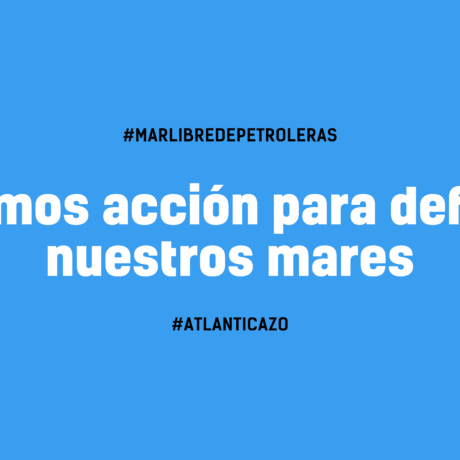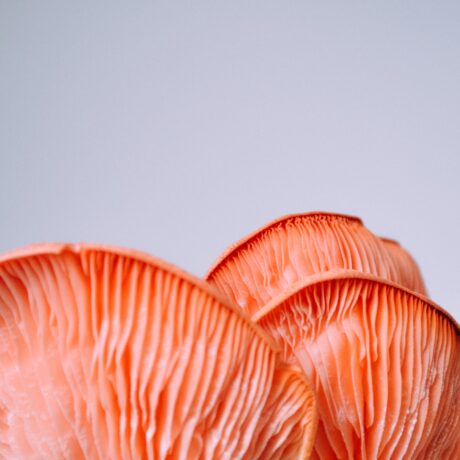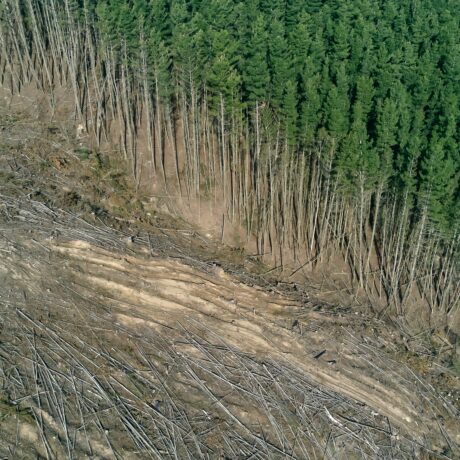I Dyed Your Clothes
Juana learnt how to use natural dyes when she was 8 years old. She now works with her brother Porfirio in the Zapotec community of Teotitlan del Valle, dyeing wool with natural dyes and passing on her knowledge and skills to the next generation.
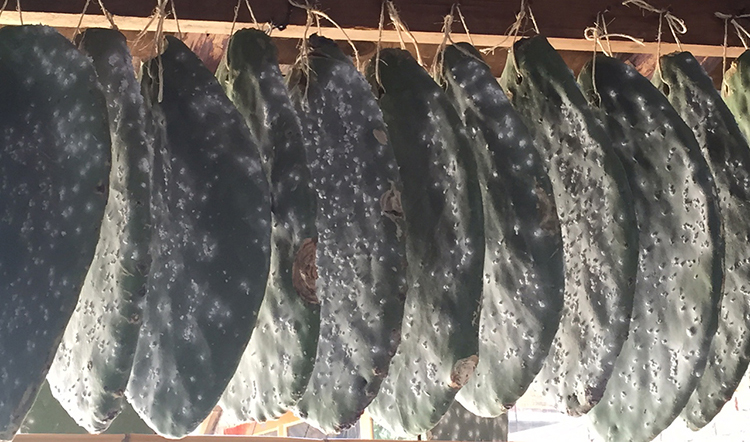
Before starting to dye, Juana has to prepare the wool for spinning. She cards the sheep’s wool to remove any small twigs or thorns which have got caught in the wool and then starts to twist the wool between her hands.
She will then spin the wool by hand on a spinning wheel before winding the wool into skeins in preparation for dyeing.
All of the dyestuffs she collects and uses are sustainably harvested. Dyestuffs used by Juana include musgo, an invasive species of moss which grows on trees in the region; granada or pomegranate; zapote negro, a delicious fruit local to the Oaxaca region; pericone or wild marigold (often used as a base colour with indigo or cochineal overdyed to create green or orange); marush, a local plant with no scientific name on record, añil or indigo and cochinilla or cochineal.
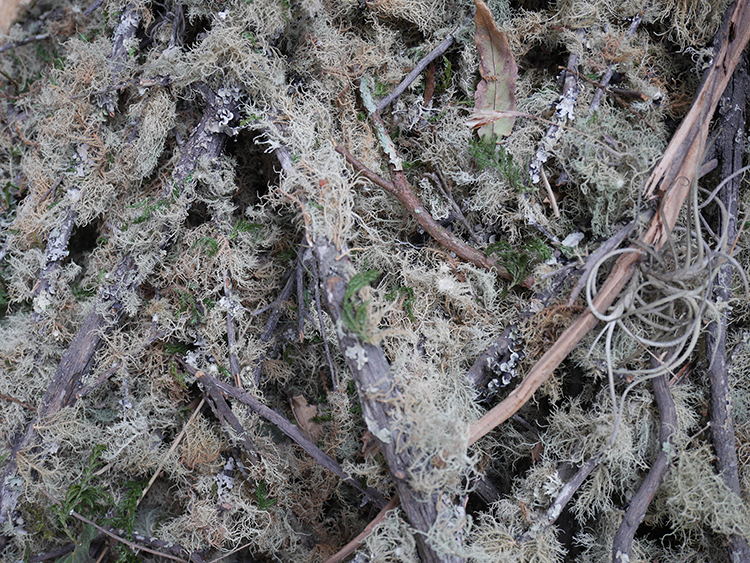
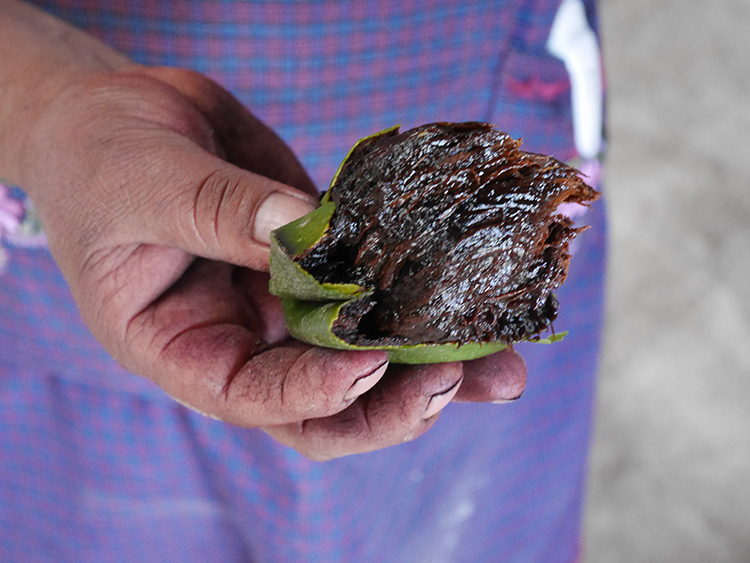
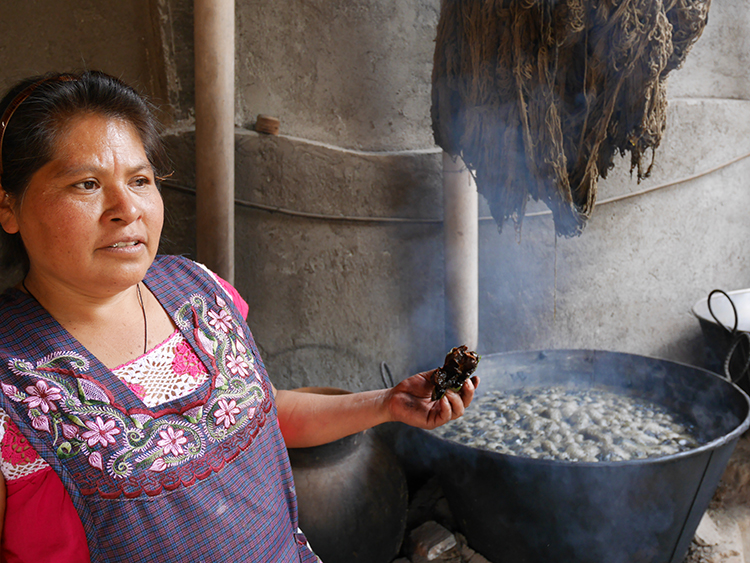
Juana mostly uses alumbre de potassio as a mordant and prepares the wool the day before. The mordant opens up the wool to absorb more colour and fixes it so it doesn’t fade.
The container used to dye wool is very important. You need to use enamel or stainless steel for red tones. If you use an iron pot you will get purple and in an aluminium pot you will get pink.
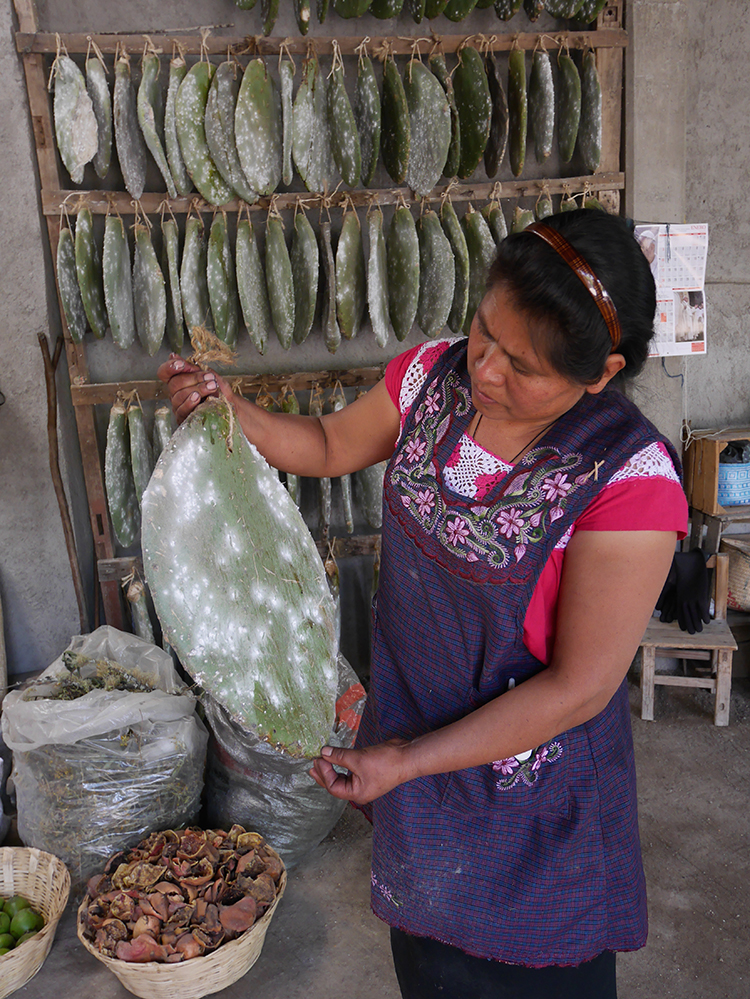
Cochineal is a parasitic insect which lives on the leaves of the nopal cactus, commonly known as the prickly pear. The insects produce carminic acid to deter predation by other insects.
The indigenous peope of the Oaxaca region domesticated cochineal, just as they domesticated and hybridised corn, evidence of which has been found in the caves of Yagul dating back some 8000 years. Cochineal was so important in Mexico that Montezuma I levied a tribute on all dependent states during the 15th Century, demanding the annual payment of 2000 handwoven, decorated cotton blankets and 40 bags of cochineal.
After colonisation, cochineal was Mexico’s second most valuable export after silver as it produced a deeper red than the madder which was used in Europe. The Spaniards kept the source of cochineal a secret; for over 200 years it was widely believed to be a seed.
Cochineal is widely available in the Oaxaca area, with a cochineal farm and research centre just out of town. Most dyers have nopal cactus leaves hanging in their workshops, ready for the cochineal to be harvested. Cochineal is an adaptable dye – you can add lemon to make orange or add baking soda to make purple.
[youtube v=”je_nibJlwak”]
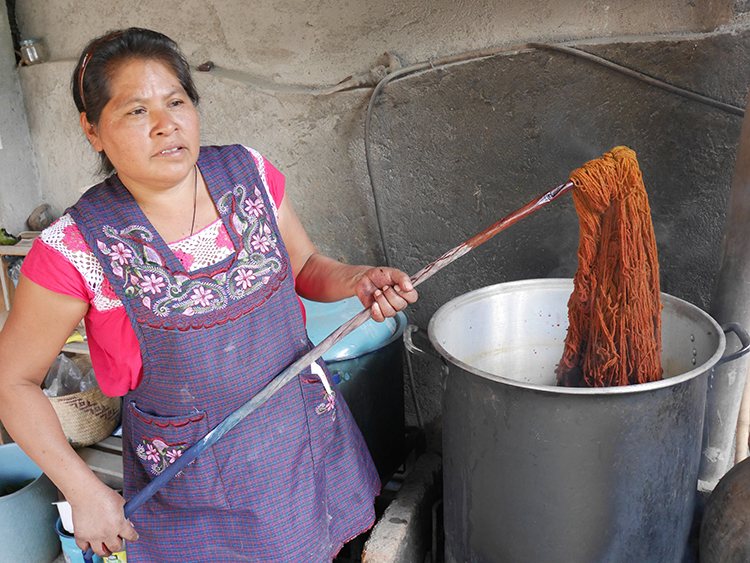
Indigo comes in a hard paste form and is made from fermenting plants. Juana buys indigo at 1800 pesos a kilo (around $100) from Miltepec, about 4 hours away. For dyeing a deep indigo, the wool will be dyed at the beginning of the dyebath for 5 minutes, left to dry and oxidise in the sun for 3 minutes and then put back in the dyebath for a further 5 minutes. Manush leaves can be used to create a deeper blue. The dyebath gets lighter the more it is used as the oxygen takes the colour out, so a range of shades of blue can be obtained.
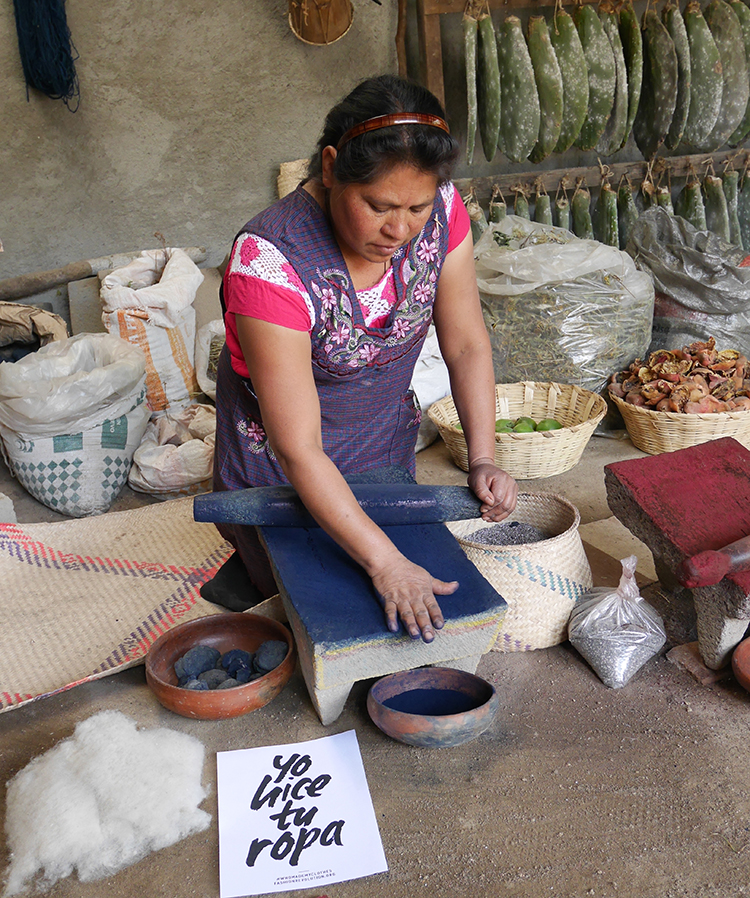
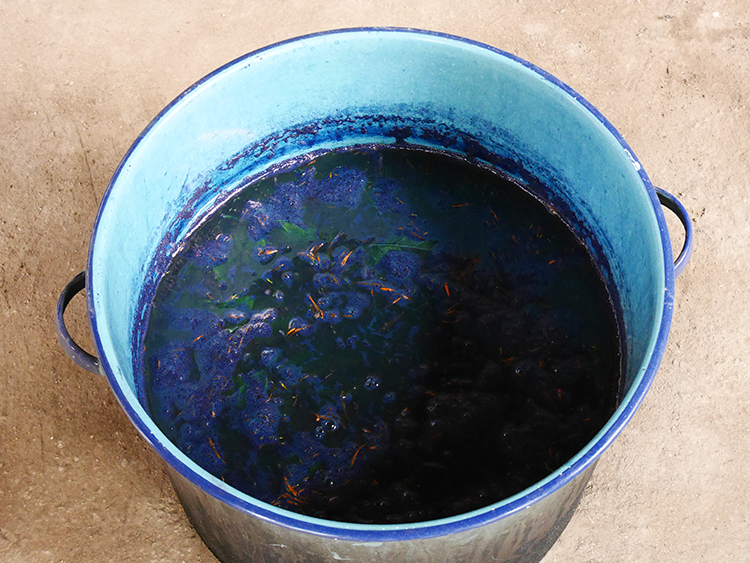
Teotitlan del Valle is famous for its wool weavings on the two pedal harness loom, but only about 10% of people now use natural dyes. Juana’s son Javier works with his parents. He weaves contemporary abstract rugs, interspersing straw into the wool to create the design and her nephew José Lopez is also weaving with the family.
When I met Juana, her main concern was for the survival of this ancient skill; she has taught not just her family, but the children of the community how to use natural dyes. Juana is planning to run dye workshops throughout the school holidays as a way to keep young people out of trouble and away from drugs and alcohol which are causing problems amongst the youth of the Zapotec community.
Juana says
“I am proud of my family as they are helping to continue the culture”
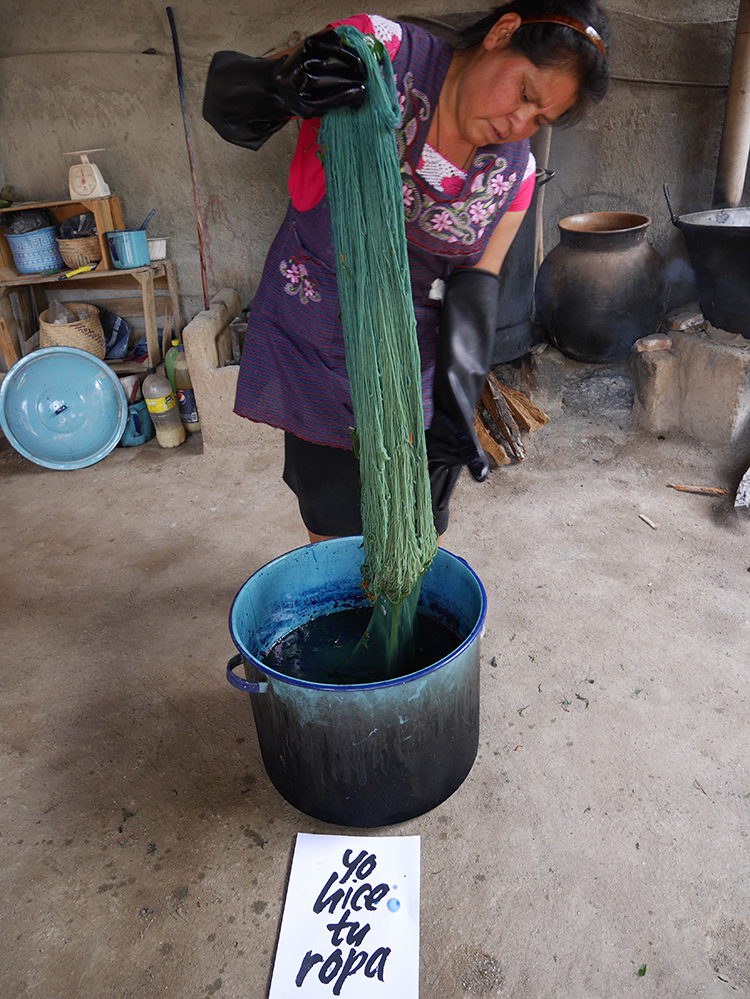
Concerns over artificial additives have seen a growing demand for cochineal to colour food and lipstick as some analine red dyes were found to have carcinogenic properties. Maybe we will soon realise that the skin is the body’s largest organ; the clothes we wear, the coatings used on them (formaldehyde, teflon, flame retardants) and the dyes which are used to colour them, can all affect our health.
By encouraging the next generation to see the value in natural dyes, Juana is playing her part in keeping alive the rich textile heritage of the Oaxaca region. Hopefully an increasing awareness that what we put on our bodies, not just in our bodies, affects our health will lead to increased demand for Juana’s natural dyes.
Visiting Mexico? Find out more about natural dyes with Norma Schafer’s one day natural dye study tour




